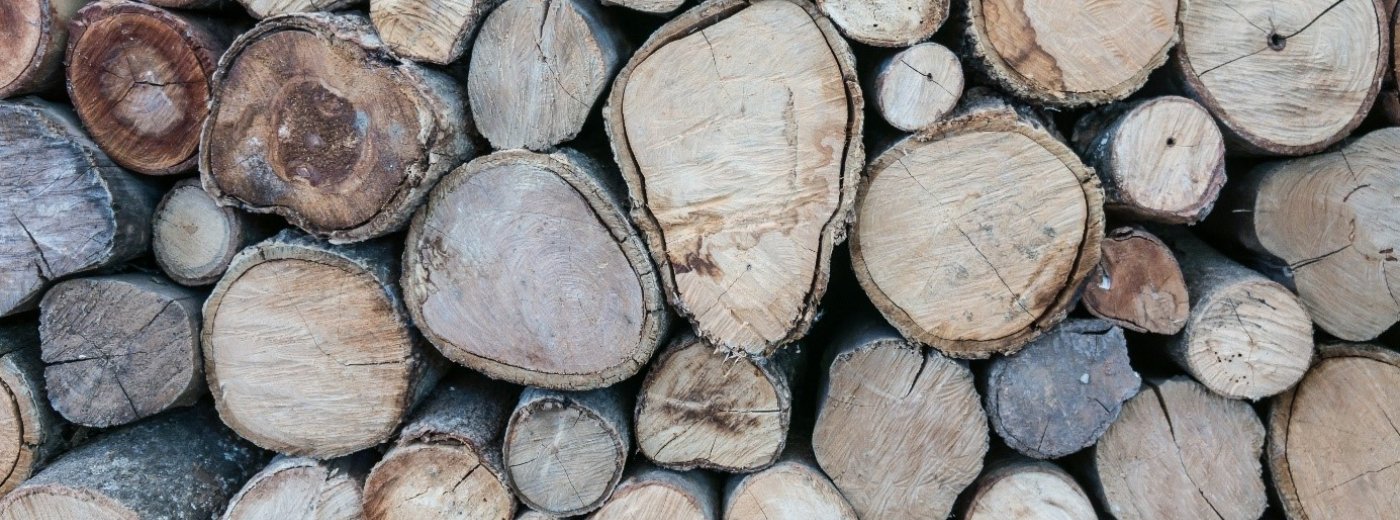A Troubleshooting Chart For Your Wood Stove Or Insert
This chart offers a convenient way to find information on common problems with your wood stove or wood fireplace insert.
This chart offers a convenient way to find information on common problems with your wood stove or wood fireplace insert.
| Symptom/Complaint | Likely Causes | Solutions |
| Dirty glass (1) |
Turning down too much Turning down too early |
Fire new load hot until the firebox is full of flames Don’t try to conserve flue gas heat loss |
| Dirty glass (2) | Wet wood | Split wood smaller, load crisscross, don’t turn down; be better prepared next year(more Information) |
| Dirty glass (3) | Trying to burn continuously in mild weather |
Be prepared to light one fire each day when temperature is above 0°C Don’t try turning down to reduce heat Get kindling materials & technique together |
| Dirty glass (4) (streaks) | Leaking door and glass gaskets | Replace gaskets |
| Inadequate heat (1) | Wet wood | Split wood smaller, load crisscross, don’t turn down; be better prepared next year |
| Inadequate heat (2) |
Fear of big hot fires Turning down too early |
Fire new load hot until firebox is full of flames, then only reduce air so that flames slow down a bit |
| Inadequate heat (3) | Excessive charcoal build up in cold weather (non-cats especially) | Rake coals and put one split piece east-west on row of coals; fire hard, repeat |
| Inadequate heat (4) | Trying to preserve flue gas heat |
Fire until firebox is full of flame. The chimney needs heat, so give it freely
|
| Inadequate heat (5) | Low draft and excessive charcoal build up due to venting system leak | Check venting system for leaks; seal it |
| Inadequate heat (6) | Excessive ash build up | Remove ash more frequently |
| Short burn times (1) | Not stoking properly | Use more aggressive loading techniques (more information) |
| Short burn times (2) |
High draft due to tall chimney and cold weather, mainly with non-cats. (i.e., The Florida Bungalow Syndrome) |
See if air control can be adjusted, or secondary air limited; only in extreme cases resort to key damper |
| Short burn times (3) |
Refuelling at start of charcoal phase Not including charcoal phase as part of burn cycle |
Provide information on what a burn cycle is and what to expect |
| Stove doesn’t perform as expected (1) | Unrealistic expectations of heat output, heating capacity | Consider purchase expectations; compare to heater selection, climate and housing type |
| Stove doesn’t perform as expected (2) | Misled by bad advice and specific flue pipe or stove thermometer readings | Ignore thermometer and bad advice; learn about visual cues |
| Smoke rollout when loading (1) |
Smouldering fire |
Make sure primary air shutter is wide open. Add more dry kindling to help catch the smoldering wood. |
| Smoke rollout when loading (2) | Restrictive venting system with too many elbows/changes in direction and horizontal runs |
Replace 90 degree flue pipe elbows with 45s Replace outside chimney with inside |
| Smoke rollout when loading (3) | Upgraded to EPA stove connected to a marginal venting system | Point out that the new firebox is more restrictive; suggest upgrade to venting |
| Cold backdraft at standby (1) | Chimney runs up outside of house |
Re-install chimney inside Enclose chimney and keep it warm |
| Cold backdraft at standby (2) | Chimney penetrates envelope below highest level |
Re-install chimney so it penetrates highest heated level Enclose chimney and keep it warm |
| Appliance puffs smoke in windy weather (1) |
No chimney cap Ineffective chimney cap |
Install a proper chimney cap |
| Appliances puffs smoke in windy weather (2) | House is leaky or open windows on downwind side | Describe how house can be depressurized by wind acting on leaks; seal leaks, keep windows closed |
